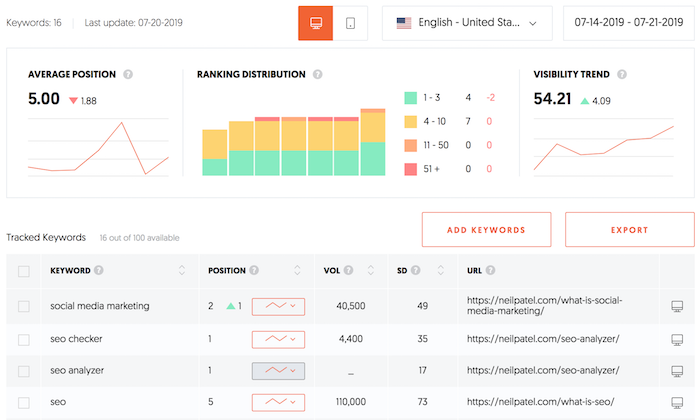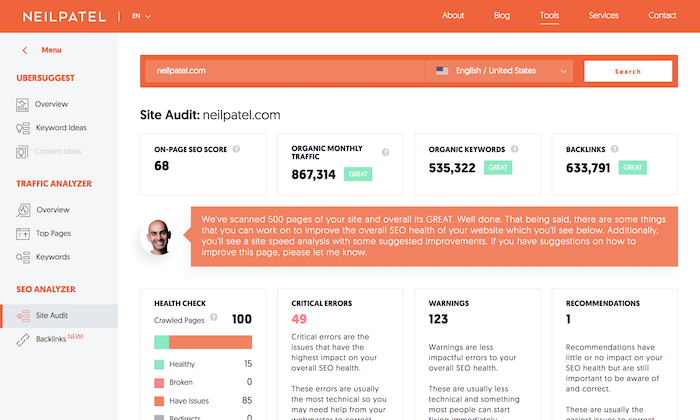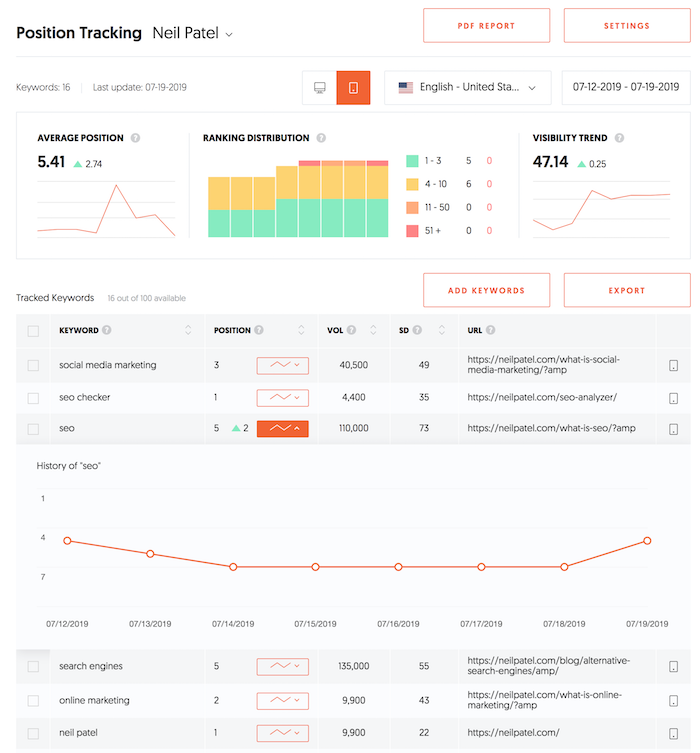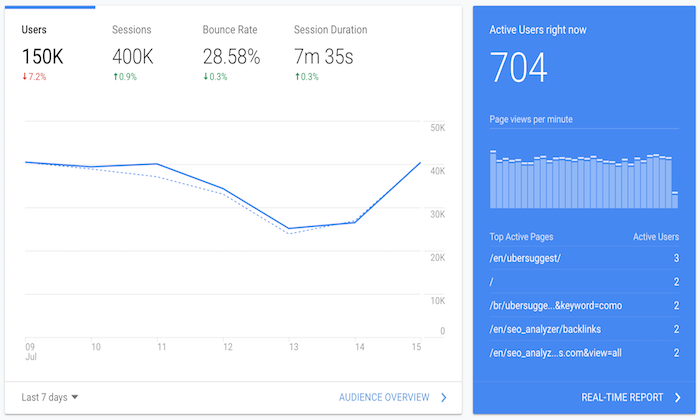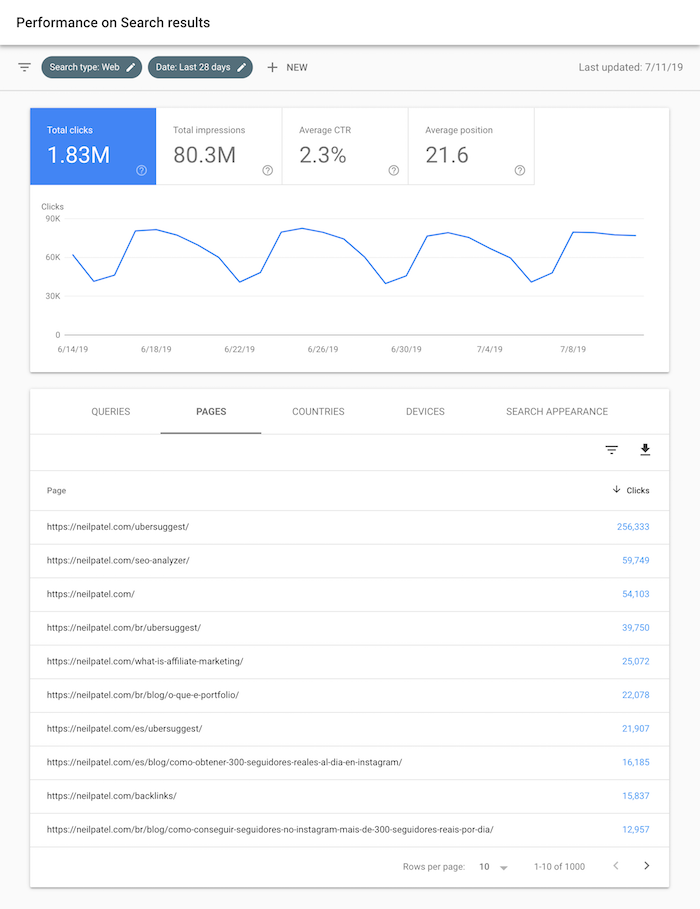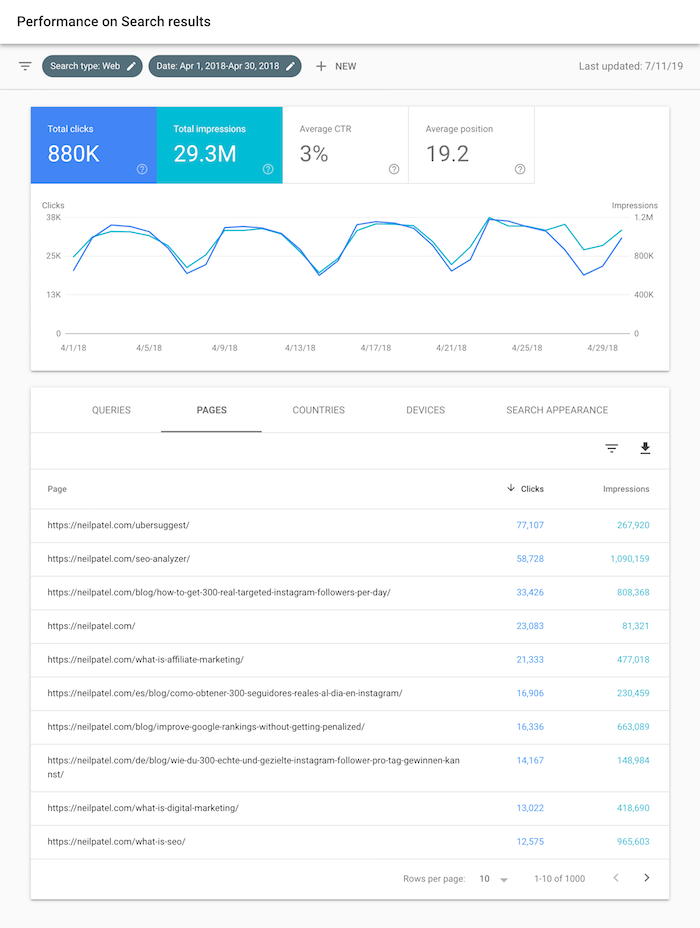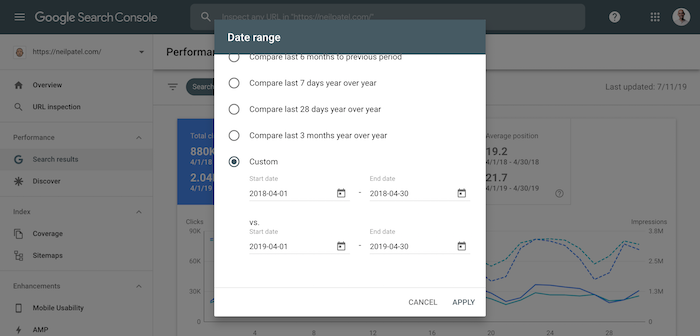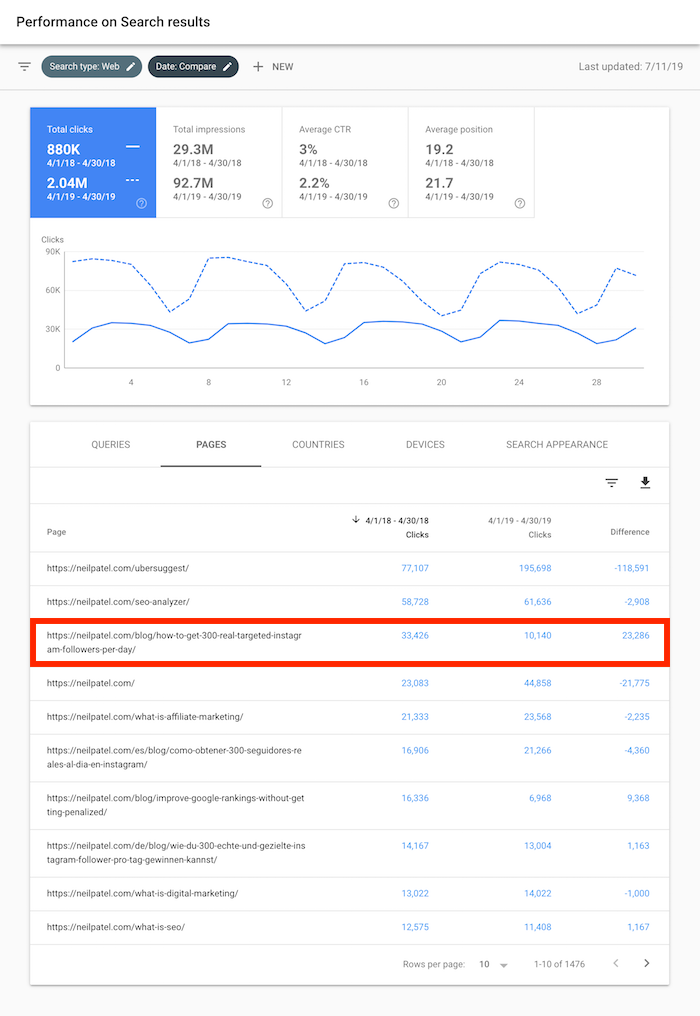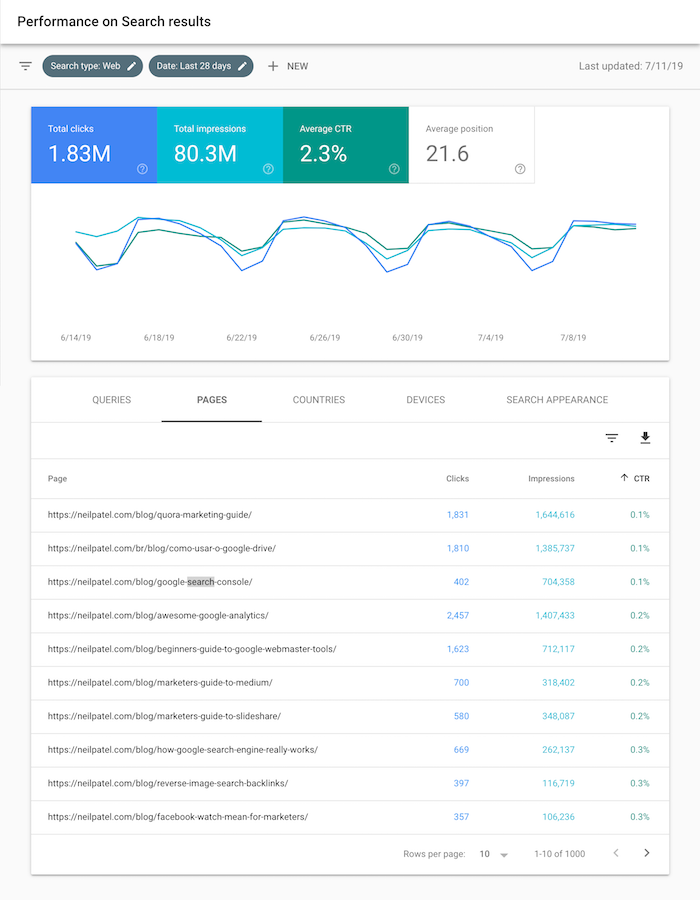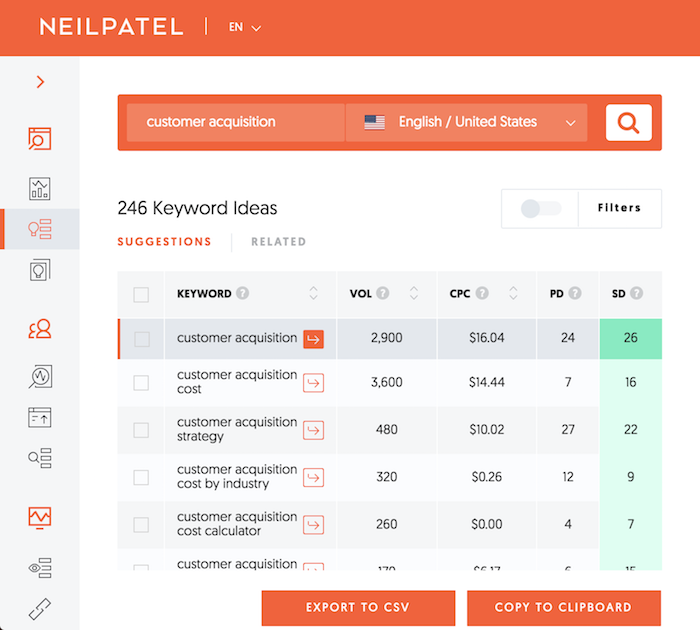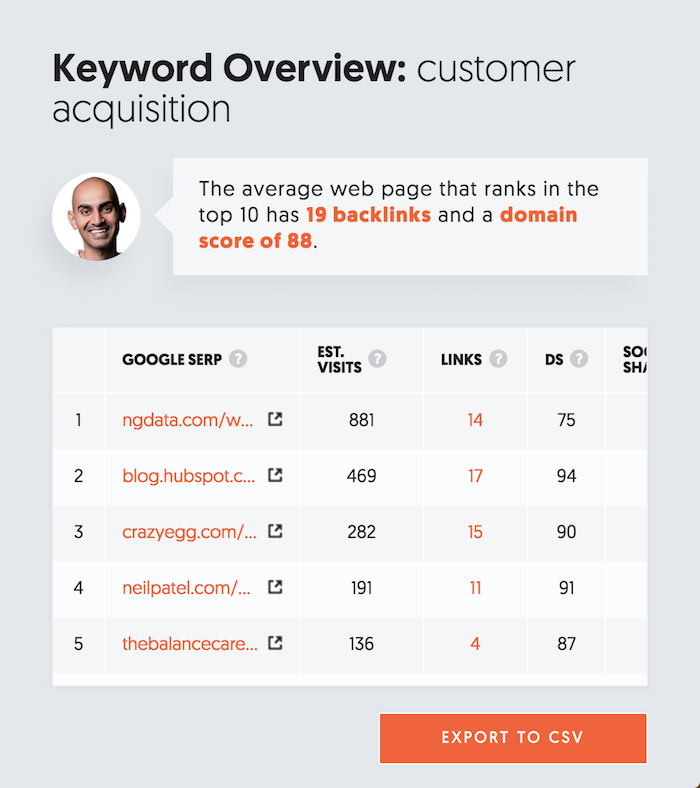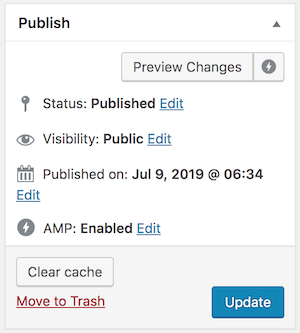if you were going to build some dirty Lane she were going to need some bodyguards or you might be fighting Penguins
If you’re starting to build your first website, WordPress is inevitably a name that you’ve come across. I’d recommend it to nearly anyone who has any type of website.
But before I get into the reasons why WordPress is so great, I want to clear up any misconceptions about the platform.
What exactly is what WordPress?
You don’t host your website with WordPress. You’ll still need to find a web hosting provider for that service.
WordPress is a content management system (CMS for short). It’s a robust tool for creating and managing your website. Blogs, business websites, personal sites, and ecommerce stores alike can benefit from using WordPress.
This platform is run online, meaning you don’t need to download any desktop software to use it.
So now that you have a better understanding of what WordPress is and what it does, it’s time to talk about why it’s so great. I’ve come up with 11 reasons why you should be using this platform for your website.
By the end of this post, I’m sure you’ll be convinced that WordPress is the best CMS for you.
1. Reliability
You don’t want to take any chances when it comes to managing your website. Sometimes, looking at how many people use a platform is the best way to determine its reliability.
According a recent study from Kinsta, WordPress dominates the CMS market share.
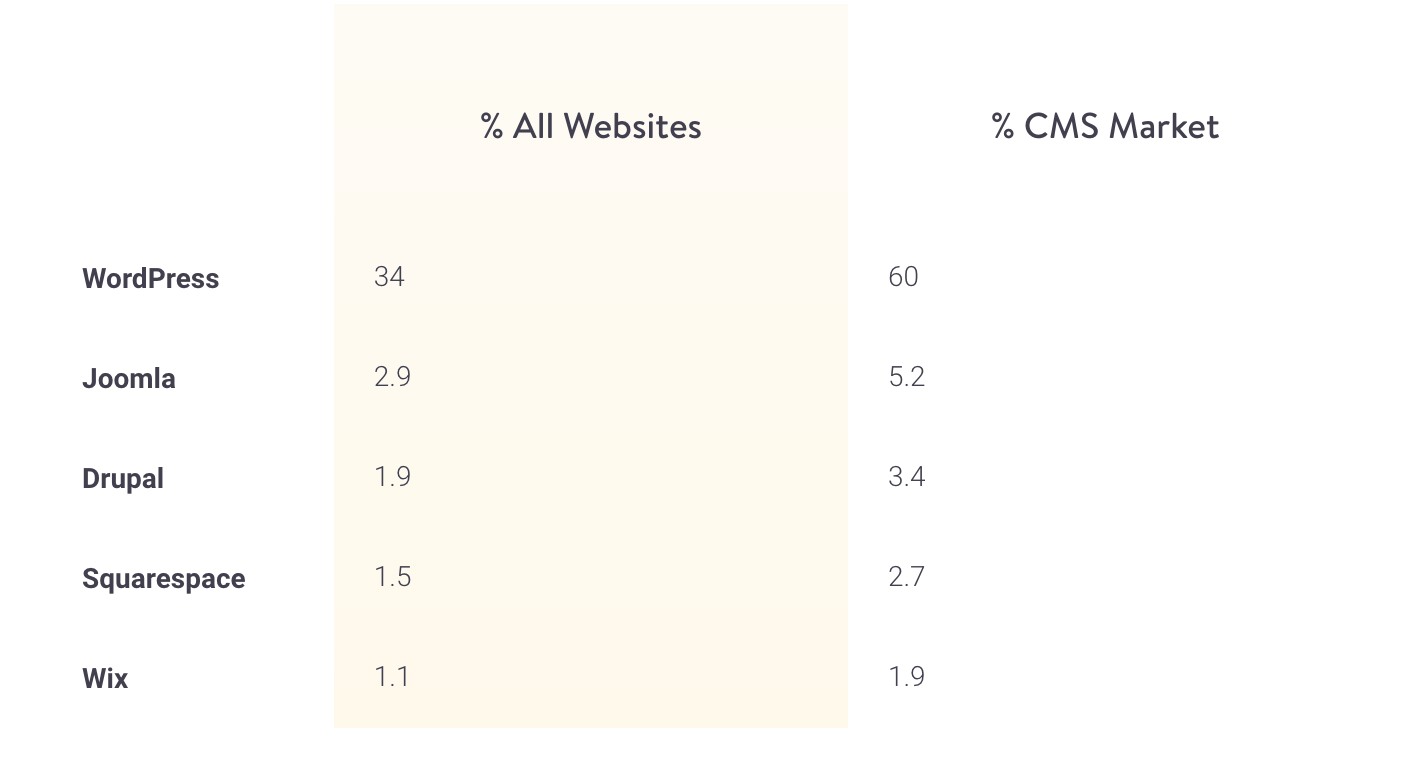
WordPress controls 60% of the CMS market. Joomla is second on the list, with a percentage that’s 12 times smaller than WordPress.
Furthermore, WordPress powers 34% of all websites worldwide. Numbers like this are simply staggering, to say the least.
If the platform wasn’t reliable, it wouldn’t be so widely used. Big-name sites like TED, TechCrunch, UPS, and CNN all use WordPress.
Each month roughly 70 million new posts are published on WordPress. Those posts generate about 77 million new comments over the same period of time.
Considering the fact that WordPress is used by about one-third of websites across the globe, it’s safe to say that your site will be in good hands if you use it as well.
2. Great support
Since WordPress is used by so many people all over the world, there are countless guides, tutorials, and resources that can be found online. You can take advantage of WordPress forums where you can communicate with others who use the planet’s most popular CMS.
Aside from those options, you can also get help and support directly from the WordPress support team.
If you have a paid WordPress plan, you’ll have access to live chat support 24 hours per day, Monday to Friday. For those of you who have business or ecommerce plans, you can even reach live chat agents on the weekends.
With that said, it’s worth noting that this resource won’t be able to help you any third-party applications that you’re using on your WordPress site.
But as I mentioned before, you can easily find help with this on a community forum or guide on another site. There is definitely no shortage of WordPress “how-to” resources on the Internet.
3. SEO-friendly
SEO can make or break the success of your website. So it’s something that you need to start focusing on from the inception of your site.
WordPress makes this easy by having some built-in tools that tell you how SEO-friendly your content is. Although most of you will want to upgrade from the basic SEO tools and install a WordPress SEO plugin.
If you’re interested in this, Yoast SEO will be a top option for you to consider.
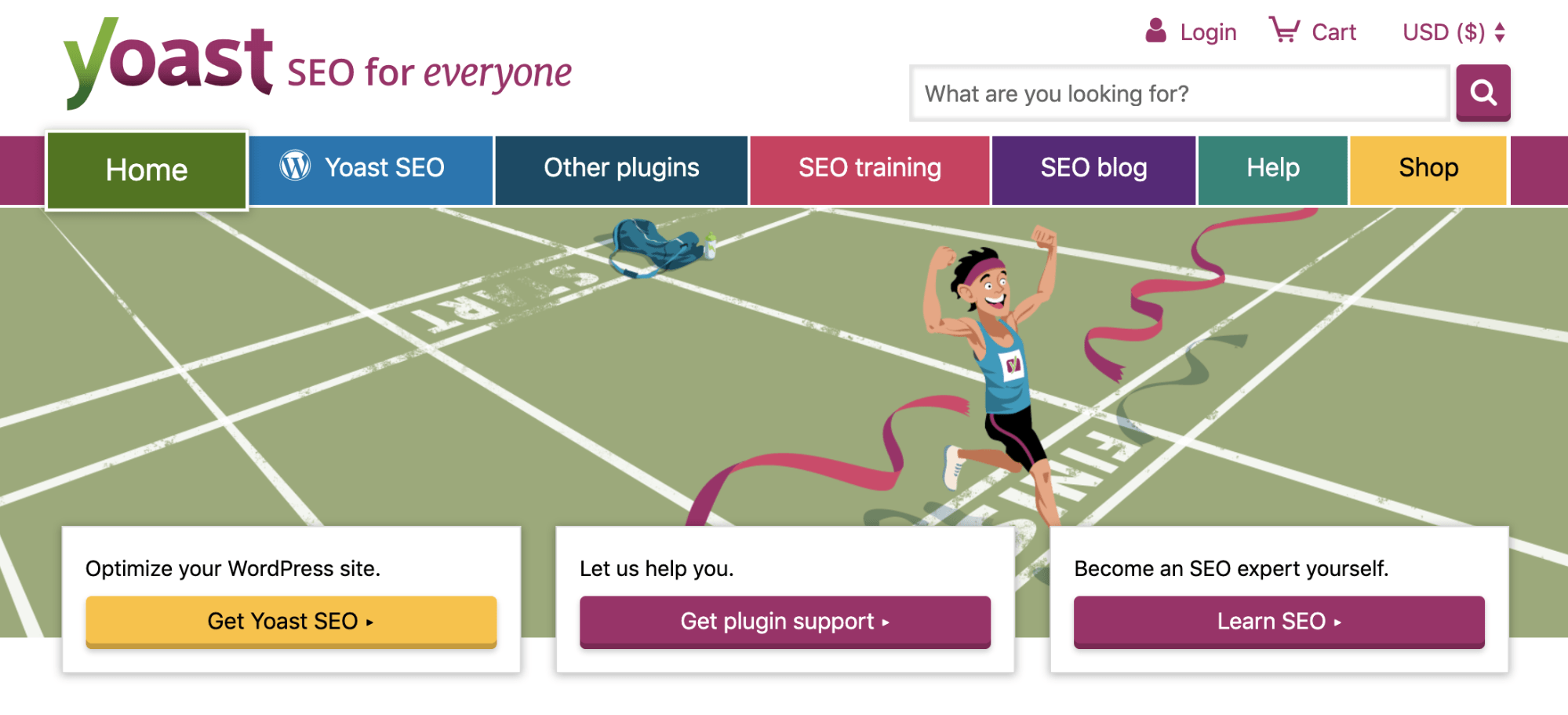
This plugin is great because there’s a free version that you can try out to get familiar with how it works. But I strongly recommend getting Yoast SEO Premium.
The paid version of this plugin gives you access to more keywords, phrases, and related terms. It will also automatically monitor your most important pages and send you a notification if too much time has passed between updates.
Upgrading to the premium plugin will give you content insights, internal link suggestions, and an ad-free experience, among dozens of other benefits.
4. Flexibility
WordPress can as in-depth and complex or as simple as you want it to be.
You have the option to just use the basic version of the platform to publish blog posts. Or on the other side of the spectrum, you can use it for your business website and add widgets and plugins to add functionality.
Nearly anything that you want to do with your website can be accomplished with WordPress.
Again, you may need to install a plugin or third-party application for that to happen, but the possibilities are still there.
The flexibility of WordPress also applies to the type of people who use it. No, I’m not talking about if you can touch your toes or not. I’m referring to your level of technical experience.
Newbies, developers, and everyone in-between the two can use WordPress. How you use it and what features you want to take advantage of will be completely up to you.
5. Security
In general, WordPress is a safe and secure platform. But it doesn’t mean you’re completely vulnerable from malicious attacks, hackers, and malware on your website.
Fortunately, WordPress makes it easy for you to enhance your site’s security with features like password protection for folder contents.
Keeping your WordPress version up to date will also fight off bugs and potential security threats.
It’s also easy to enable an SSL certificate for your WordPress site. Most of the time you can just get this from your web hosting service.

This is a simple and effective way to enhance your WordPress website security.
Furthermore, there are additional steps you can take to beef up your site’s security. I’d recommend installing a WordPress security plugin.
Adding one of these to your site is like building a moat around your house. Sure, doors might be locked, but the added layer will make it even harder for intruders to penetrate your walls.
You can also take proactive steps by installing a WordPress backup plugin.
In the event that your site is somehow compromised, you don’t want to lose all of your content and data. A plugin will make it easy for you to recover your website if something goes wrong.
6. Simplified content creation
Starting a new WordPress site is so easy; anyone can do it. You can get everything set up with just a few clicks.
Once your site is live, all you need to do is navigate to the “posts” section of your dashboard menu. From here, you’ll be able to find everything you need to write and publish a new blog post.
You’ll find text editors, formatting tools, and ways to upload media files.
As you’ll quickly learn, the entire content creation process on WordPress is very straightforward. So you won’t have any excuse for lacking in that department.
After your content has been published, you won’t have to jump through hoops to edit it moving forward. All you need to do is search the post and make any changes or updates using the visual editor.
Once those changes have been made, just click on the “save” button and the new version of that content will be live instantly.
7. REST API
Most of what we talked about today has been geared toward WordPress beginners. But the platform has plenty of advanced features as well.
If you’re a developer, you’ll be happy to know that WordPress has a REST API, which allows you to build apps using the platform.
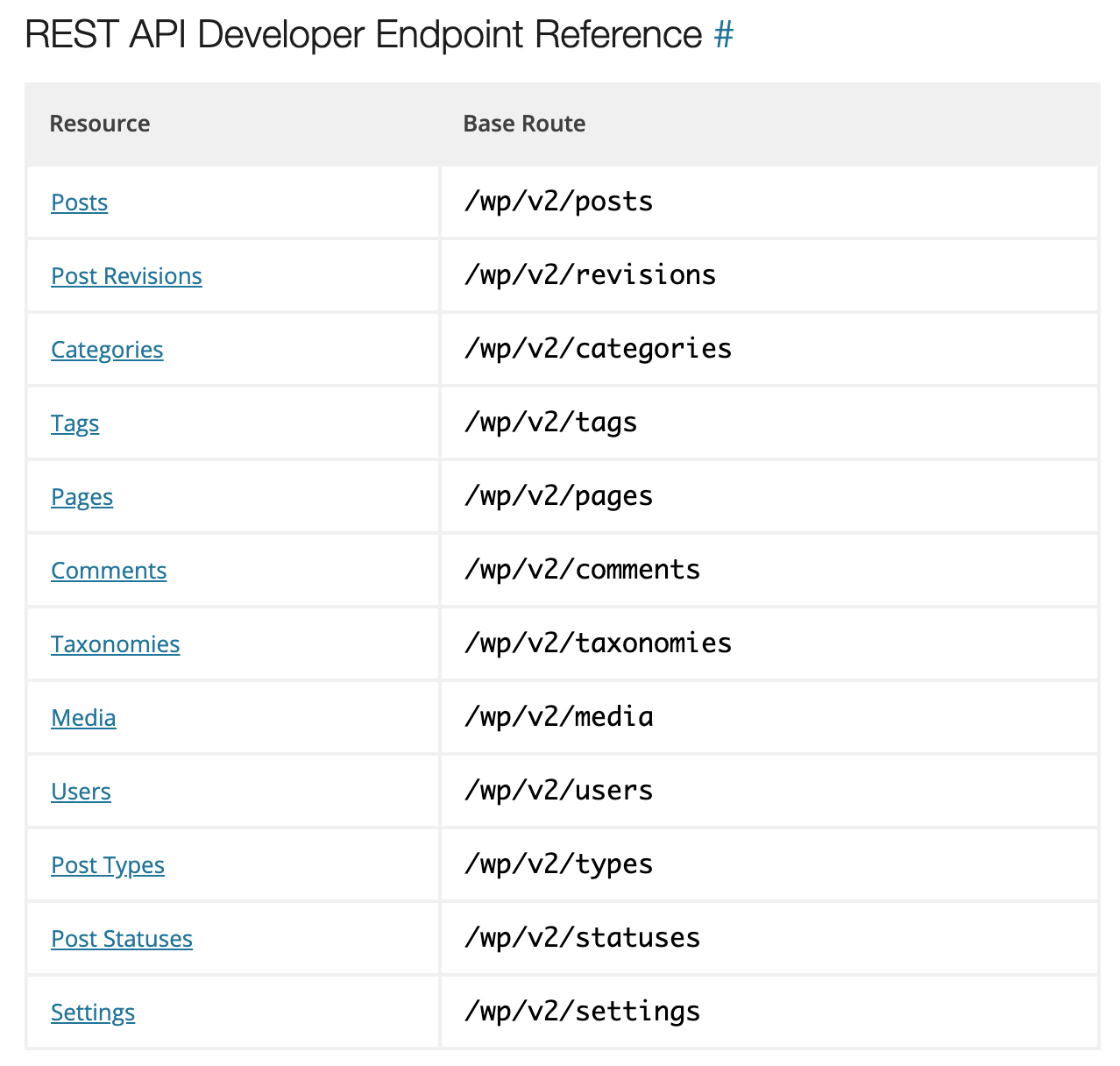
For example, you could create a custom plugin for a new administrative dashboard experience. Or maybe you want to make changes to the front-end.
With the WordPress REST API, you’re not forced to write apps in PHP. You can use any programming language that has the ability to make HTTP requests.
Even if you have no idea what I’m talking about here, it may be something that you learn or become interested in down the road. Or maybe you’ll eventually work with a developer to create an application.
Either way, it’s nice to know that this is an option at your disposal if you use WordPress.
8. Optimized for speed
Slow websites are useless. WordPress knows this, so it has specific features and elements that you can take advantage of that will speed up your website.
For example, you can install a lightweight theme that won’t weigh down your code. You could add a plugin to reduce the size of your image files.
Take advantage of options for Gzip compression, advanced caching, and minifying CSS and JS files.
If you use tools like the examples I just gave, you can drastically reduce your website page loading speed. This will ultimately reduce your bounce rates, improve the user experience, and increase conversions on your WordPress site.
9. Affordable pricing
WordPress is open-source and free to use. So you can get away without paying anything if you want.
But if you’re going to do more than just have a basic personal website, you’ll definitely want to upgrade to paid plan. The plan types and pricing are as follows:
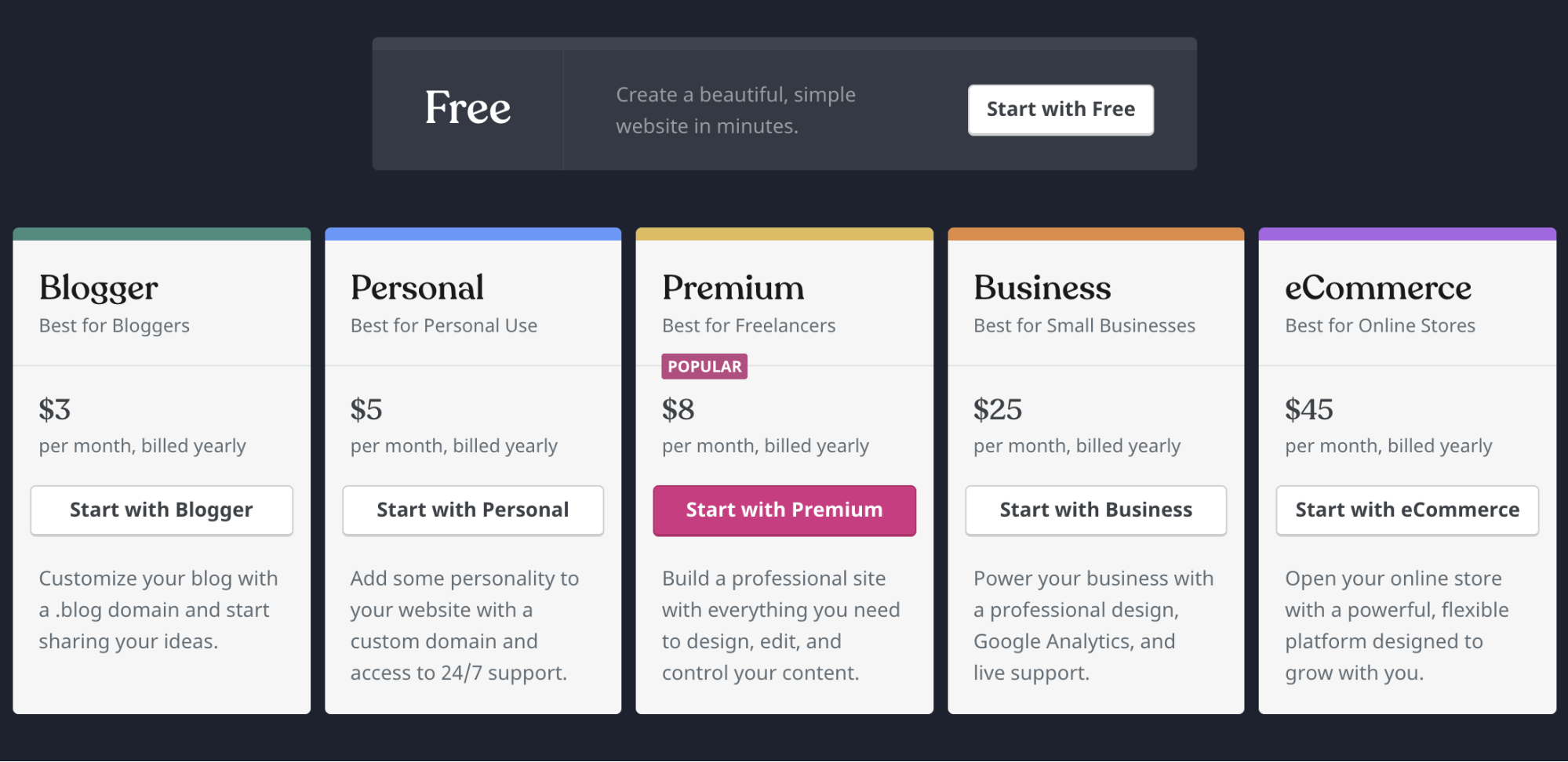
As you can see, you’ve got a wide range of options to choose from.
Including the free version, there are six total subscription options. These range from $3 per month to $45 per month.
If you’re willing to pay for WordPress, I wouldn’t even bother using the blogger or personal plan. I’d go straight to Premium.
For just a few dollars more, the added benefits you’ll get are well worth the price.
But if you want additional features like integration with Google Analytics and custom plugins, you’ll need the business plan, at a minimum.
This relates back to what we discussed earlier in terms of flexibility. WordPress has plans that meet the needs of virtually any type of website. All of which are very affordable. Even the most expensive plan will only cost you $540 per year. But I’m assuming the majority of you will be able to get away with spending significantly less than that.
10. Multilingual
WordPress has a global reach. It supports more than 160 languages worldwide. So you’ll be able to create a website to reach your global audience as well.
With that said, it’s worth noting that English is the most popular language used on WordPress.
71% of all blogs published on the platform are written in English.
But it’s nice knowing that if you want to take advantage of other languages, WordPress makes that easy for you to do.
11. Simple integrations
As I’ve mentioned throughout this list, WordPress is compatible with tons of different third-party tools.
In addition to plugins and widgets, you can also integrate things like email marketing software, payment gateways, Google Analytics, and countless other components that you might need to run a fully functional and operational website.
Third-party tools are made with WordPress in mind. Since the CMS platform is so popular, those other companies know that their current and prospective customers might be using it to manage their websites.
So you won’t have to ditch the platforms and resources that you’re familiar with once you build a WordPress site.
Conclusion
WordPress is the most popular CMS platform in the world
As I’m sure you’ve learned from this guide, that didn’t happen by mistake. It doesn’t matter whether you’re building your first website without any experience, or if you’re a veteran developer—you should be using WordPress for your website.
There really isn’t any other content management system I would recommend as highly as WordPress.

one of the biggest metrics Google is measuring is click through rate and it's also one of the easiest to manipulate
from Brian Milners SEO Feed http://feedproxy.google.com/~r/Quicksprout/~3/17SX0TNYoE0/
via
IFTTT
